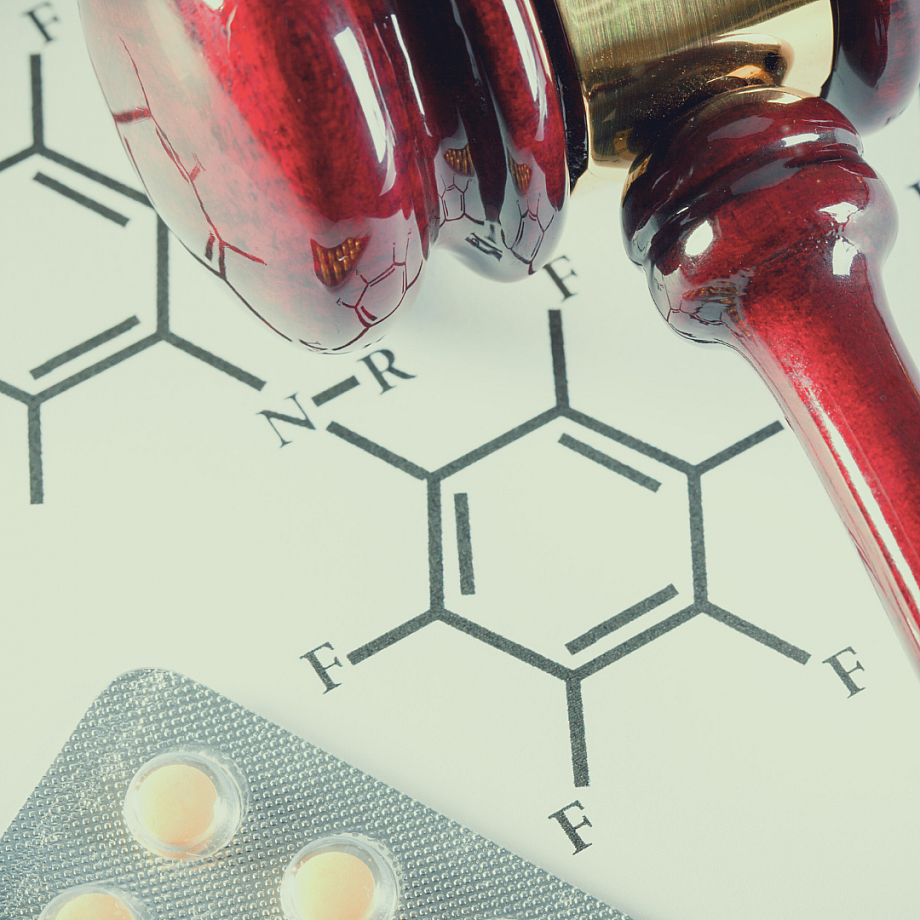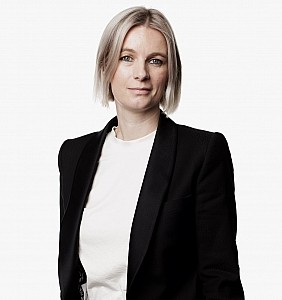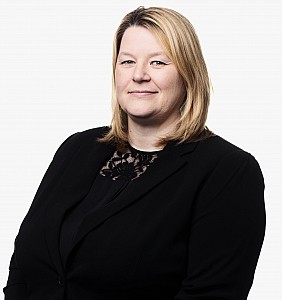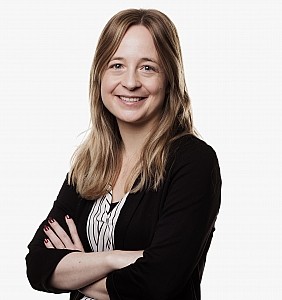SPC Blog – Part 4: One SPC per product (Article 3(c))

Introduction
The Supplementary Protection Certificate (SPC) Regulation is a vital mechanism within the European Union designed to compensate patent holders for the lengthy time required to bring pharmaceutical and plant protection products to market. Specifically, it addresses the delay caused by the regulatory approval processes, which can significantly shorten the effective market exclusivity enjoyed under patent protection. By extending patent protection for up to five years, with an additional six-month extension for pediatric medicines, the SPC Regulation helps innovators recoup some of the time lost during the product’s development phase.
Introduced as part of the EU's efforts to foster innovation, especially in the life sciences and pharma sector, the SPC regime has become a cornerstone for pharmaceutical and agrochemical companies looking to extend their market monopoly on groundbreaking products. However, securing an SPC is not automatic; the process is governed by criteria laid out in the respective Regulations (Regulation (EC) N° 469/2009 for pharmaceutical inventions and Regulation (EC) N° 1610/96 for plant protection) .
At the heart of the SPC Regulation lies Article 3, which establishes the core conditions for obtaining a supplementary protection certificate. This article is the subject of extensive judicial interpretation by the Court of Justice of the European Union (CJEU), as it determines the eligibility of products for extended protection. Article 3 encompasses four key requirements that govern whether:
- a product is protected by a basic patent, (Article 3(a))
- has a valid marketing authorization, (Article 3b)
- has not already been the subject of an SPC, (Article 3c) and
- that the marketing authorization in question is the first authorization to place the product on the market. (Article 3(d))
In this series of articles, we will explore the sub-articles of Article 3 (3(a), 3(b), 3(c), and 3(d)), and examine how various CJEU decisions have shaped the interpretation of these provisions.

Article 3(c) – “The product has not already been the subject of a certificate”
Article 3(c) of the SPC Regulation is a crucial provision designed to prevent the repetitive issuance of supplementary protection certificates for the same product. Specifically, Article 3(c) stipulates that an SPC cannot be granted if the product has already been the subject of an SPC. This ensures that the additional period of exclusivity afforded by an SPC remains a singular benefit, thereby avoiding the potential for indefinite patent protection extensions through multiple SPCs on the same product.
Relevant case law
Two important cases define the interpretation of Article 3(c).
The case, Biogen Inc. v Smithkline Beecham Biologicals SA (C-181/95), concerned a Hepatitis-B vaccine, the result of several patents held by Biogen and the Institut Pasteur, and licensed to Smithkline Beecham Biologicals (SKB). SKB held four Belgian marketing authorizations for the vaccine, the earliest being the first marketing authorization for the vaccine within the European Community. When Biogen sought SPCs for its patents, SKB denied Biogen copies of the marketing authorizations necessary for the SPC application, although it did provide the first authorization to the Institut Pasteur, enabling them to secure a certificate.
This denial led Biogen to file a lawsuit against SKB, accusing the company of discrimination and violating fair business. During the case, a preliminary ruling from the CJEU on a critical question was sought: “Does Regulation No 1768/92 prevent the issuance of an SPC to each holder of a basic patent when one product is covered by several patents owned by different entities?”
The CJEU's ruling stated that although a product may be protected by multiple basic patents held by different patent holders, each patent could potentially be designated for the grant of an SPC. However, under Article 3(c) of the Regulation, only one SPC may be granted per basic patent. Thus, the CJEU clarified that the regulation does not preclude each patent holder from receiving an SPC for the same medicinal product, provided that each certificate is tied to a distinct patent, meaning that while multiple patents can cover the same medicinal product, each SPC must be based on a different patent that protects a distinct aspect or component of that product.
This decision underscores the necessity for clear regulations that accommodate the complex nature of pharmaceutical developments, where multiple patents can often cover a single therapeutic product. The ruling set a precedent on how SPCs should be handled when multiple patents are involved, guiding future cases in this intricate domain of patent law.
Following Biogen, another pivotal case, Georgetown University v. Octrooicentrum Nederland (C-484/12), further clarified how Article 3(c) applies when patents cover multiple individual components. At the time, Georgetown University (GU) held a patent for a Papillomavirus vaccine, covering HPV-16, HPV-18, and combinations of those HPV types. Based on this patent, GU applied for eight SPCs with the Dutch patent office following marketing authorizations for the Gardasil (Sanofi Pasteur MSD SNC) and Cervarix (GlaxoSmithKline Biologicals SA) vaccines. Two SPCs, covering HPV combinations, were granted in 2008. However, an SPC application for HPV-16 alone was rejected in 2010 because the marketing authorization also included other active ingredients.
GU appealed the decision, leading to the annulment of the OCN's decision. Despite this, the OCN maintained that Article 3(c) of Regulation No 469/2009 limited the grant of SPCs to only one per basic patent. Since GU already had two SPCs for HPV combinations based on the same patent, the OCN argued that no further SPCs should be granted.
GU had five additional SPC applications under review and offered to surrender the granted SPCs for HPV combinations if it could obtain one for HPV-16 alone. The question of whether surrendering existing SPCs could allow the grant of the HPV-16 SPC was referred to the CJEU.
The key question was whether Regulation No 469/2009, particularly Article 3(c), prevents the holder of a basic patent that covers multiple products from obtaining multiple SPCs—one for each individual product.
The CJEU ruled that Article 3(c) does not preclude the grant of multiple SPCs for different products protected by the same basic patent. In cases where a patent holder has already obtained an SPC for a combination of active ingredients, the regulation does not prevent the granting of an SPC for an individual active ingredient, provided that each ingredient is independently protected by the patent.
This ruling clarifies that patent holders can obtain multiple SPCs for different products covered by the same patent, even if one SPC has already been granted for a combination of ingredients. The rulings in both Biogen and Georgetown highlight the CJEU's interpretation of Article 3(c) in balancing innovation with competition. By allowing multiple SPCs for different components of a product, the Court ensures that patent holders can maximize protection for individual aspects of their innovations, promoting further investment in pharmaceutical research while preventing misuse of the SPC system. This interpretation offers much-needed flexibility in a landscape where multiple patents often cover a single therapeutic product.
Avez-vous une question?
Nous serons heureux de vous aider.
Prenez librement un rendez-vous avec un de nos experts.
Rassurez-vous, vous n'êtes pas seul.
Naviguez dans la FAQ. Avez-vous encore des doutes,
n'hésitez pas à nous contacter.




